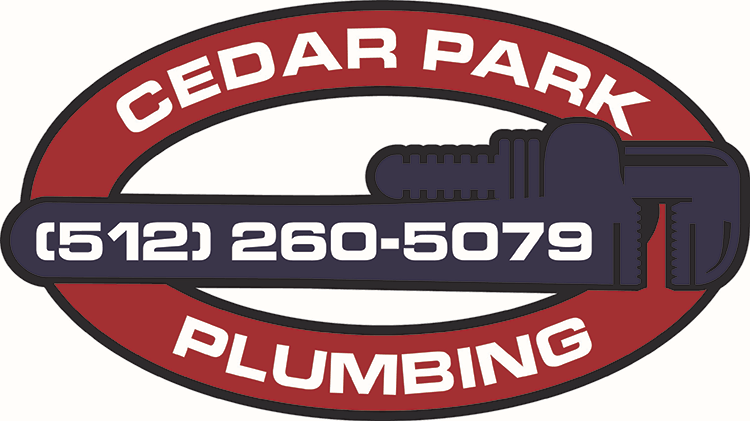As a homeowner, it’s important to be aware of potential issues that can arise with your plumbing system. One common problem that many people face is calcium buildup in pipes. This can lead to decreased water flow, clogs, and even damage to your plumbing fixtures. In this blog post, we will discuss what calcium buildup looks like in pipes and how you can identify if you have this issue in your home.
Signs of Calcium Buildup in Pipes
Calcium buildup, also known as limescale, is a white or off-white chalky substance that forms on the inside of pipes over time. It is caused by minerals in the water, such as calcium and magnesium, which combine with other substances to create a hard deposit. If you notice a white or grayish film on your faucets, showerheads, or dishes, it could be a sign that you have calcium buildup in your pipes. Additionally, if you notice reduced water pressure or strange noises coming from your pipes, these could also indicate the presence of limescale.
How to Address Calcium Buildup
Another common indicator of calcium buildup in pipes is frequent clogs. As the deposits continue to build up over time, they can create blockages in the pipes that prevent water from flowing freely. If you find yourself dealing with clogged drains on a regular basis despite using drain cleaners or plungers, it may be time to consider the possibility of limescale buildup in your plumbing system.
Preventative Measures for Calcium Buildup
In some cases, you may actually be able to see the calcium deposits themselves inside your pipes. If you have exposed plumbing lines or if you suspect there may be an issue with limescale buildup, you can shine a flashlight into the pipe to look for any white or grayish substance clinging to the walls. Keep in mind that while this method can provide visual confirmation of calcium buildup, it may not always be easy to see depending on the location and accessibility of the pipes.
If left untreated, calcium buildup in pipes can lead to more serious problems such as corrosion and leaks. It’s important to address this issue promptly by contacting a professional plumber who can assess the situation and recommend appropriate solutions. Depending on the severity of the problem, options for removing limescale from pipes may include mechanical cleaning methods or chemical treatments designed to dissolve and remove the deposits.
Conclusion
In conclusion, identifying calcium buildup in your pipes is crucial for maintaining a healthy plumbing system and preventing potential damage down the line. By recognizing the signs of limescale accumulation early on and taking proactive steps to address them, you can ensure that your home’s plumbing continues to function smoothly for years to come. If you suspect that you may have calcium buildup in your pipes, don’t hesitate to reach out to a qualified plumber who can help diagnose the issue and recommend effective solutions tailored to your specific needs.

